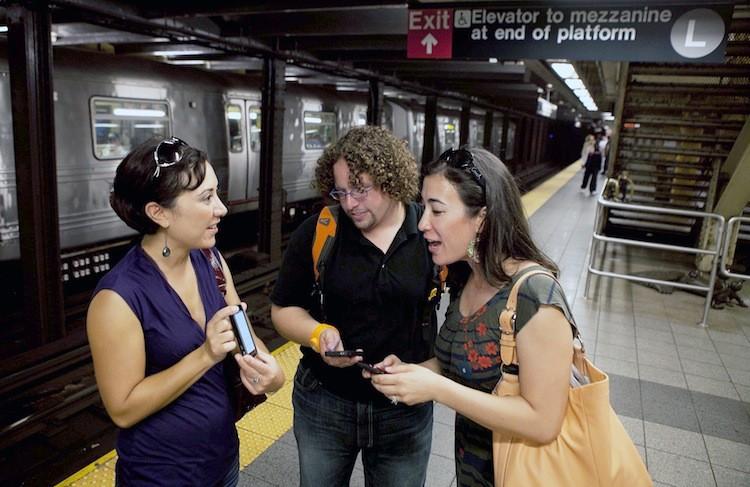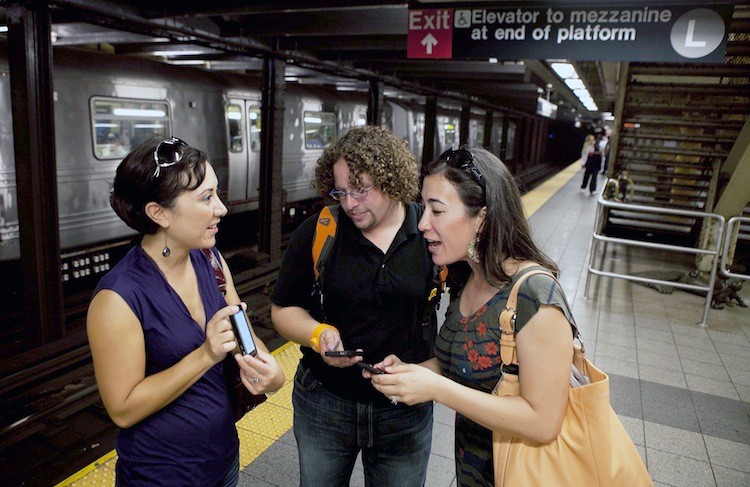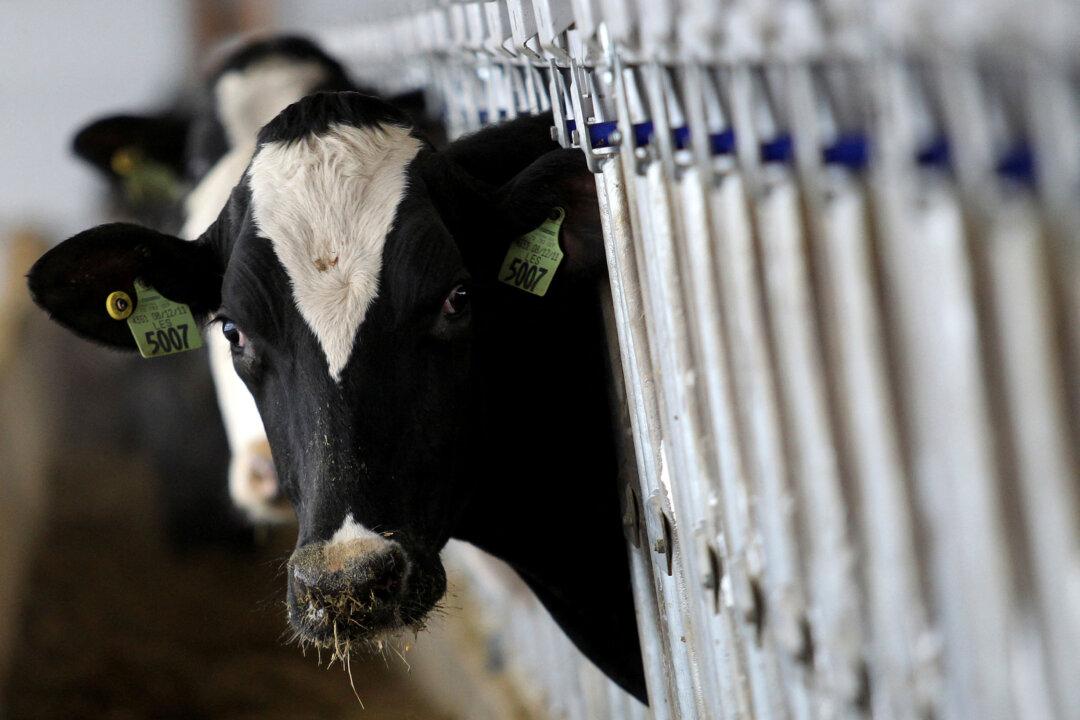NEW YORK—The moment many New Yorkers have been waiting for has arrived: wireless cellphone service is now available at six subway stations, with 271 additional stations targeted to receive service within the next four years.
“We’re already seeing, in the early days, a very significant volume of traffic,” said Bill Bayne, CEO of Transit Wireless (TW), an entity specifically created to provide subway stations with wireless service.
Most of the stations to receive the service are along 14th Street, except for the C, E station at West 23rd Street. An announcement to launch the service was made at the 14th Street A, C, E station.
“Months, years from now, it’s really going to spread,” predicted Queens resident Greg Longmore. “At one point it’s going to become standard, so we’re just watching the beginning.”
The next 30 stations, including Times Square, Herald Square, and Columbus Circle, are expected to be online within the next year.
The partnership created to provide service includes TW, New York City Transit Authority, Metropolitan Transportation Authority (MTA), AT&T, and T-Mobile. Currently, only AT&T and T-Mobile customers can access the wireless network.
Bayne said the network is significantly over capacity, and they would welcome other carriers, such as Verizon Wireless and Sprint Nextel.
“What does this mean?” asked Longmore, an AT&T customer, “Is there going to be a lot of angry non-AT&T and T-mobile [customers]?” An MTA worker said the new wireless is “cool,” but since his carrier is Sprint Nextel, he'll have to wait to use it.
A Verizon spokesperson declined to comment on the possibility of joining the program; Sprint Nextel did not respond before print deadline.
The system converts digital signals to wireless through fiber optic cables that run into the stations; the signals then pass through base stations and onto the wireless carriers.
The reasons it has taken so long to equip stations with wireless capability are many, including complex contracts, the construction process, including the unique nature of each station posing engineering challenges, and coordinating with AT&T and T-Mobile, according to Bayne.
They “have to make sure that when you walk up the station from the staircase, or down from the street, that that hand-off between the network is seamless,” Bayne explained. “As a consumer, if you’re on a call, if you’re on a email, you don’t want to walk down and lose that signal.”
TW has the ability to turn the network on and off or shut down certain segments, such as a platform, or an entire station.
“I don’t like the idea of all the noise,” Walter Steinberg, 88, said. “But, still, I think cell phones are good to have.”
The signal will only be available in the stations and not in connecting tunnels. There are no immediate plans for making service available inside subway cars.
TW and the carriers are paying all of the installation costs, estimated at up to $200 million. The MTA and TW will split revenues from occupancy fees, and TW will pay the MTA a minimum annual compensation of $3.3 million once the network’s full build is complete.
Wireless Service Arrives at Six Subway Stations
The moment many New Yorkers have been waiting for has arrived: wireless cellphone service is now available at six subway stations, with 271 additional stations targeted to receive service within the next four years.

9/27/2011
Updated: 10/1/2015





